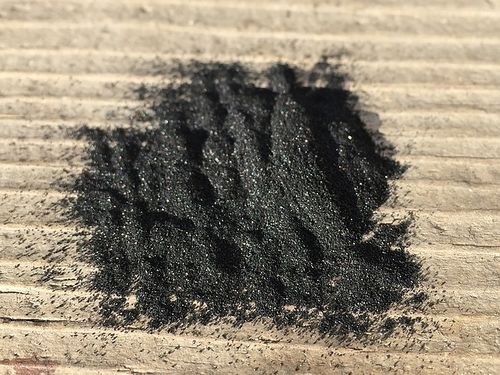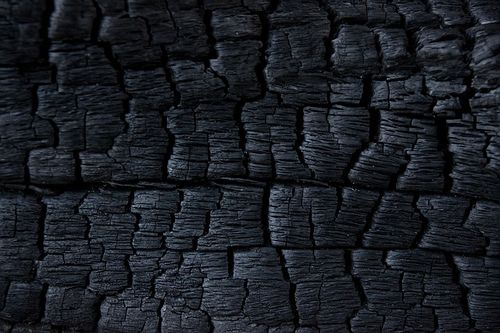Biochar as a Building Material: Difference between revisions
(Created page with "500px|thumb|right|Charcoal powder may be used as an additive in plasters. File:Charcoal03.jpg|500px|thumb|right|Charred wood is more resistant...") |
mNo edit summary |
||
| Line 20: | Line 20: | ||
==External Links== | ==External Links== | ||
* Ithaka Institut: [http://www.ithaka-journal.net/pflanzenkohle-zum-hauser-bauen-stadte-als-kohlenstoffsenken?lang=en "The use of biochar as building material – cities as carbon sinks"] | * Ithaka Institut: [http://www.ithaka-journal.net/pflanzenkohle-zum-hauser-bauen-stadte-als-kohlenstoffsenken?lang=en "The use of biochar as building material – cities as carbon sinks"] | ||
* Ithaka Institut: [http://www.ithaka-journal.net/pflanzenkohle-als-baustoff-fur-optimales-raumklima?lang=en "Biochar as Building Material for Optimal Indoor Climate"] | |||
[[Category:Housing and construction]] | [[Category:Housing and construction]] | ||
[[Category:Materials]] | [[Category:Materials]] | ||
Revision as of 21:36, 11 August 2016
Biochar as a Building Material: Quoting Ithaka Institut (link):
Biochar, a highly porous material produced from plant waste, is mostly used in agriculture as a soil conditioner, in livestock farming as a feed supplement, and in metalworking as a reducing agent. It can also be used for cleaning “grey water”, as an absorber in sports clothing, in batteries and many other uses (see 55 Uses of Biochar, copied on our biochar page). The latest developments at the Ithaka Institute are now focusing on its use as a building material. Why? As well as having excellent insulating properties, improving air quality, being able to soak up moisture and protect from radiation, biochar also allows buildings to be turned into carbon sinks. Every tonne of biochar used in a building’s envelope means that the equivalent of more or less one tonne of CO2 is prevented from re-entering the atmosphere.
Possible Uses
- char plaster
- Very light-weight biocomposite bricks made of biochar and a binder (Lime, Cement, Clay)
- lightly charred wood for improved preservation (where torrefaction ends and charring begins)
Related Pages
- Biochar and The Biochar Economy
- Biochar-Lime Co-production System
- hemp can be charred and used in bricks (with lime)
External Links
- Ithaka Institut: "The use of biochar as building material – cities as carbon sinks"
- Ithaka Institut: "Biochar as Building Material for Optimal Indoor Climate"

